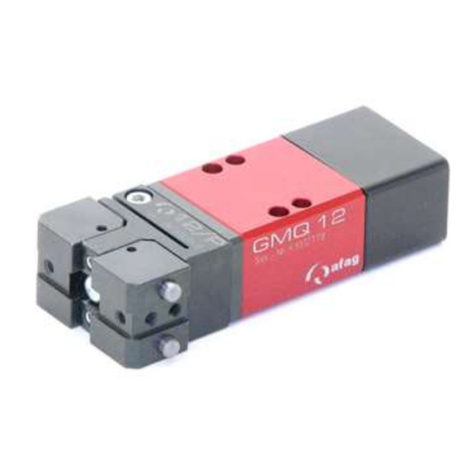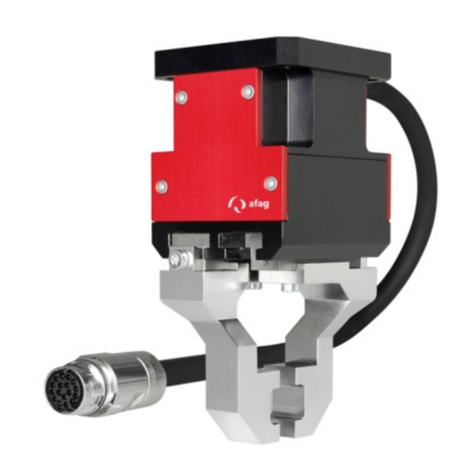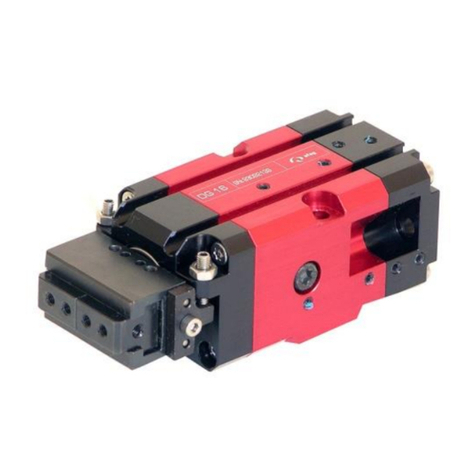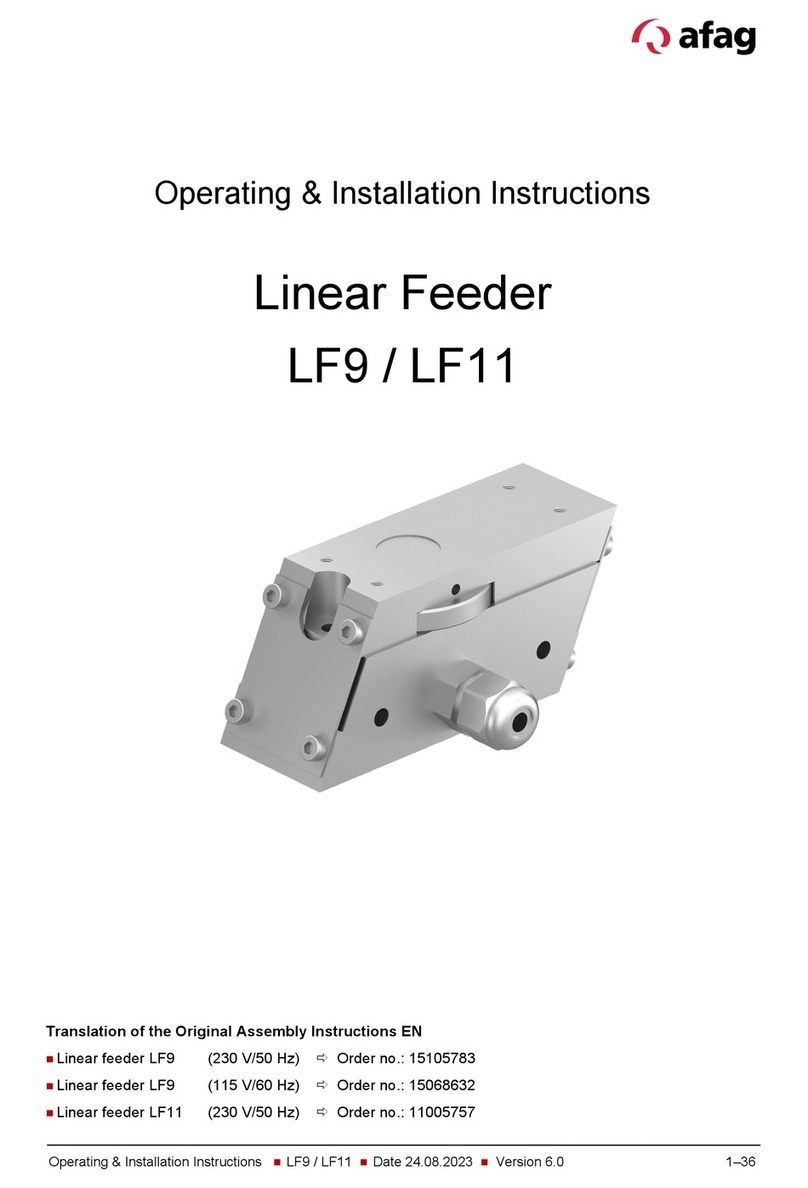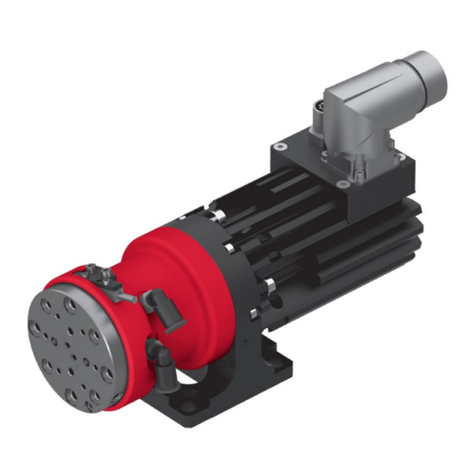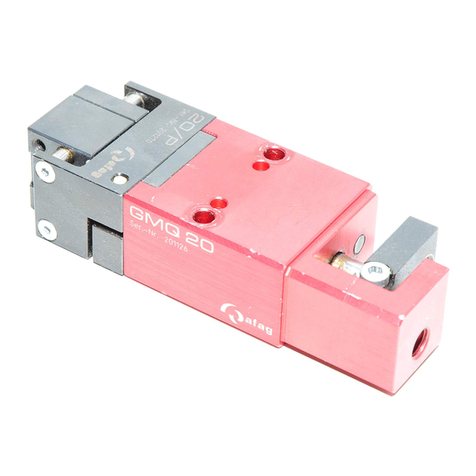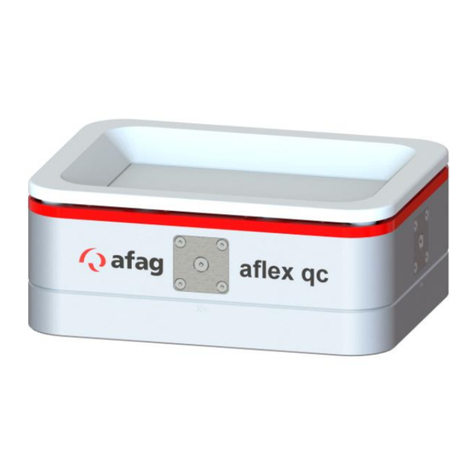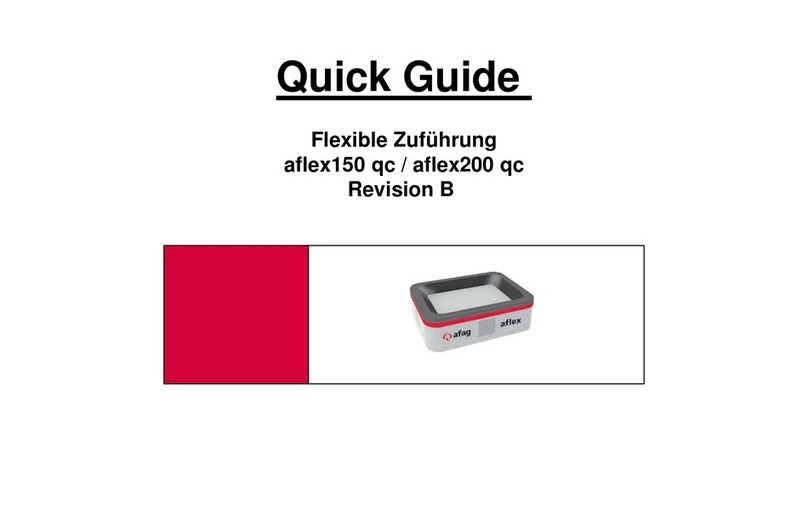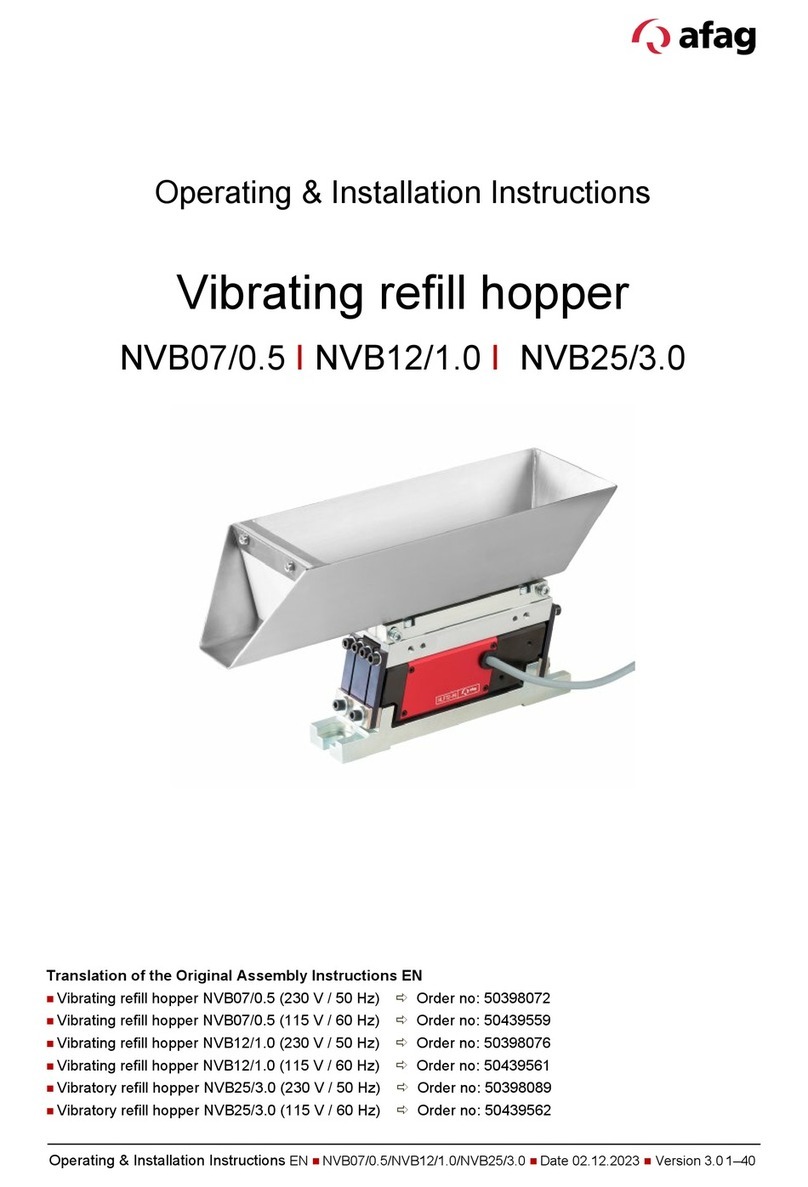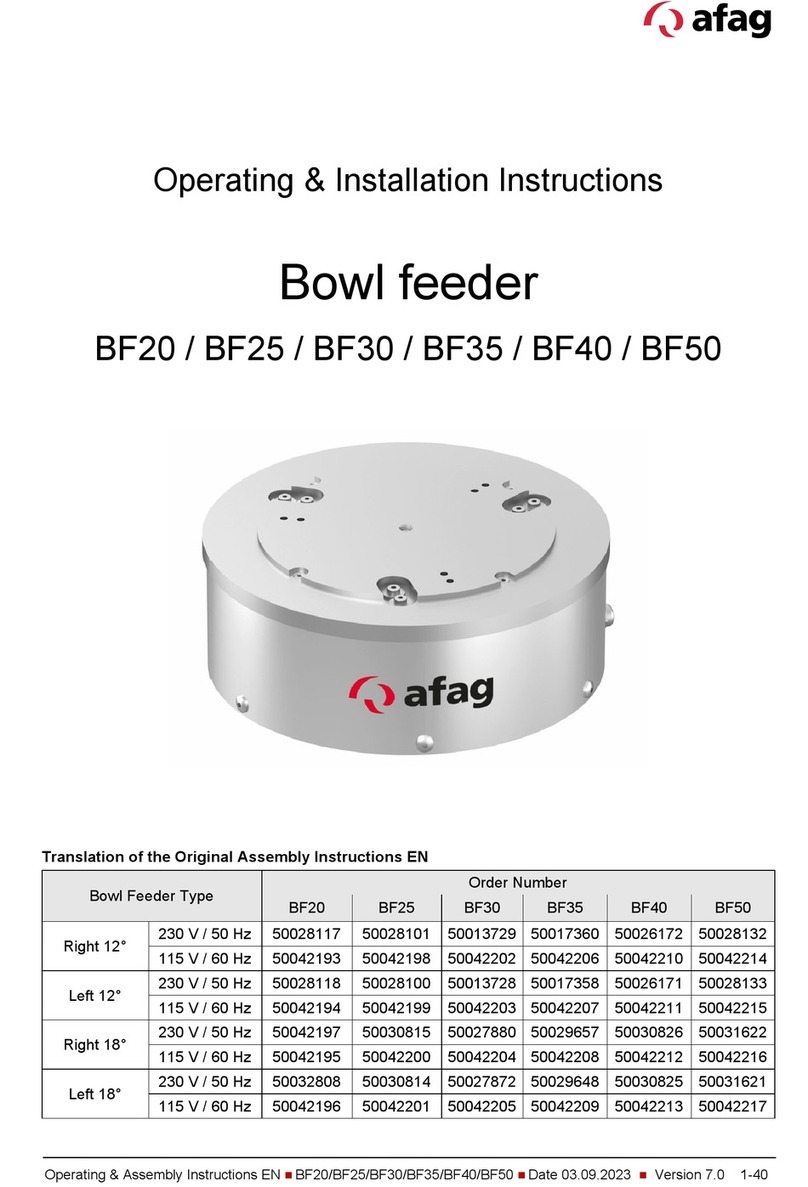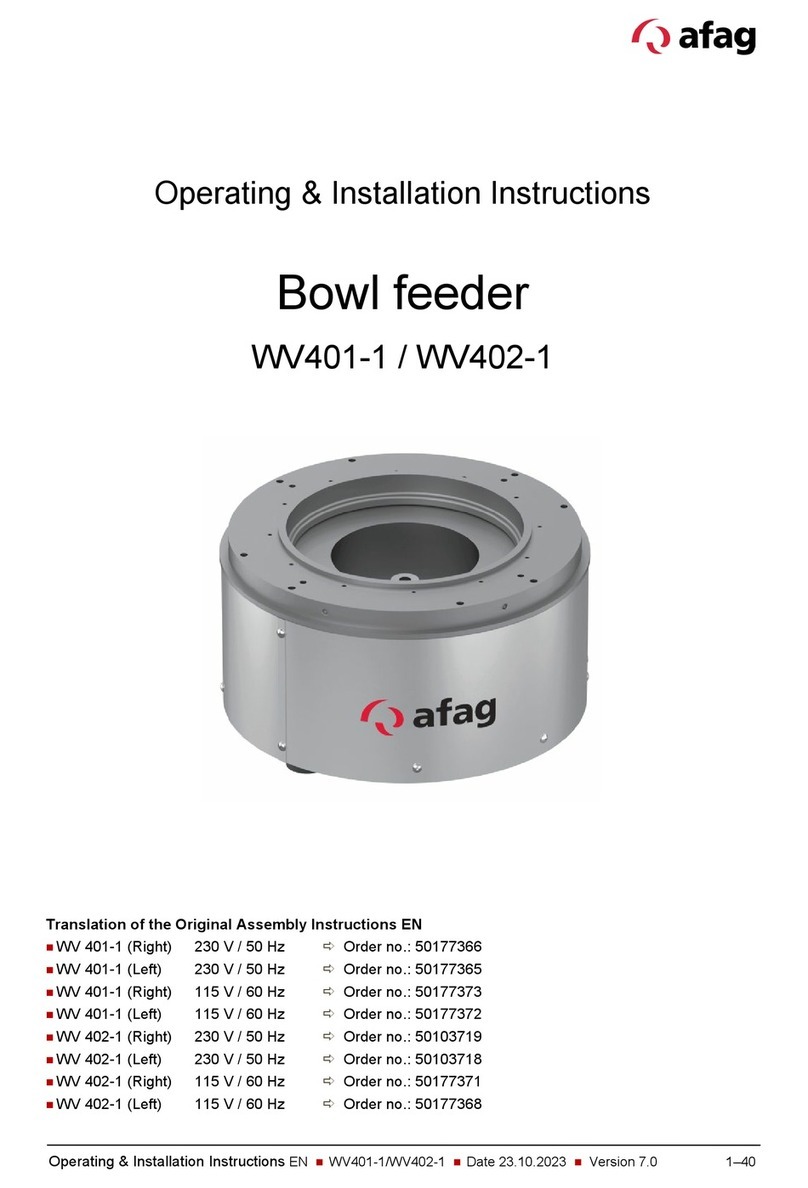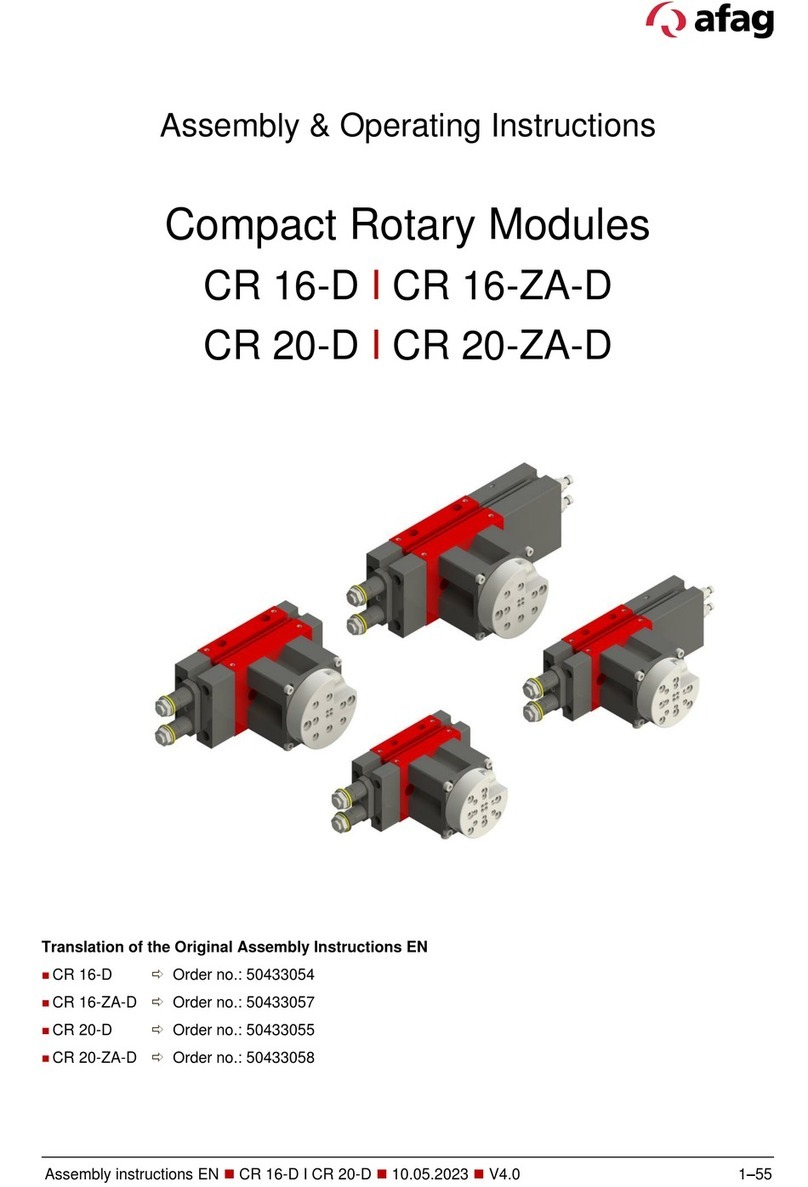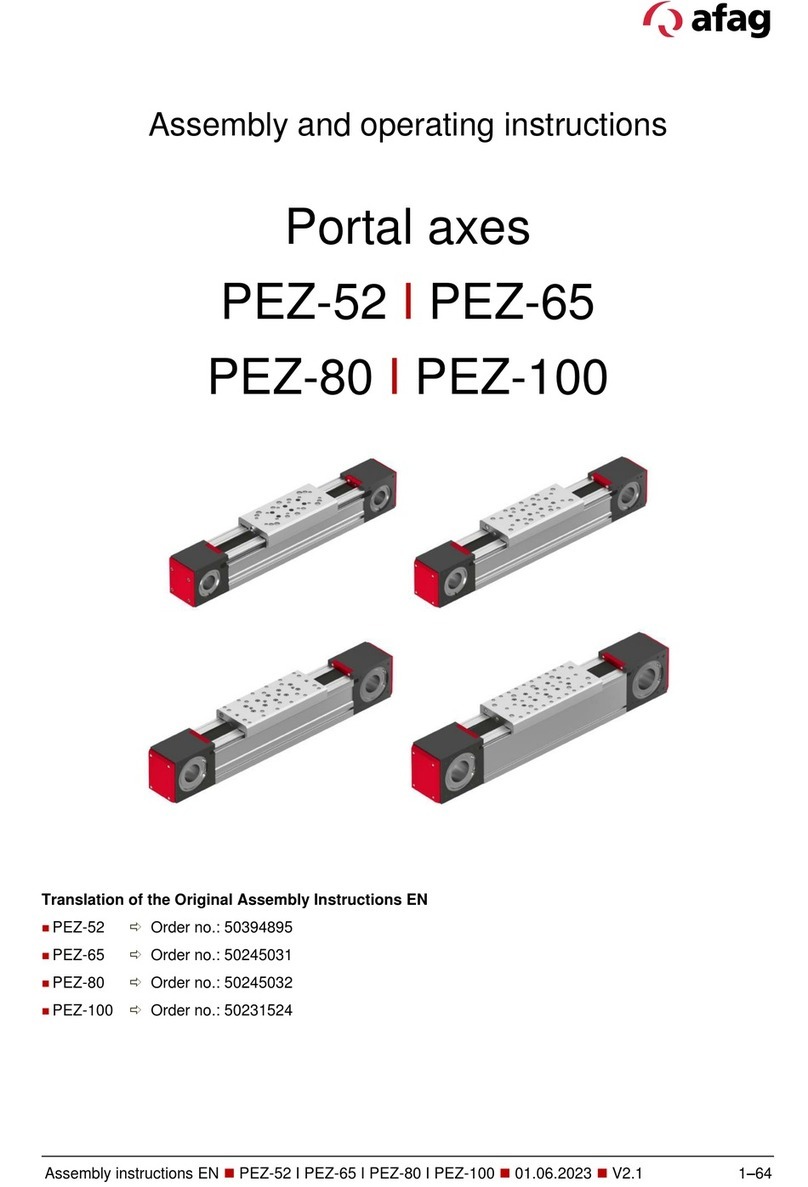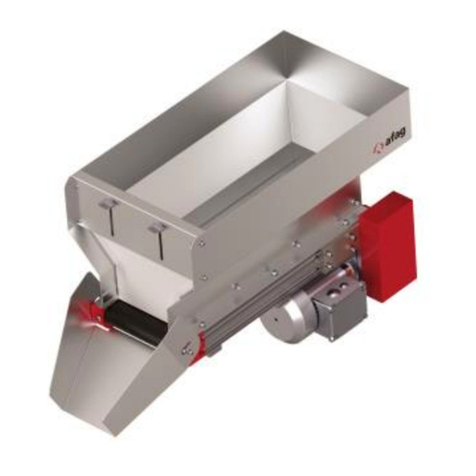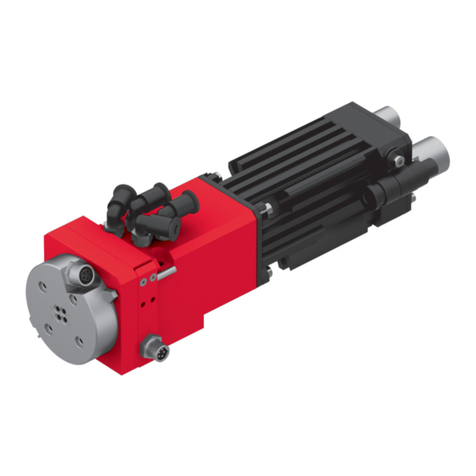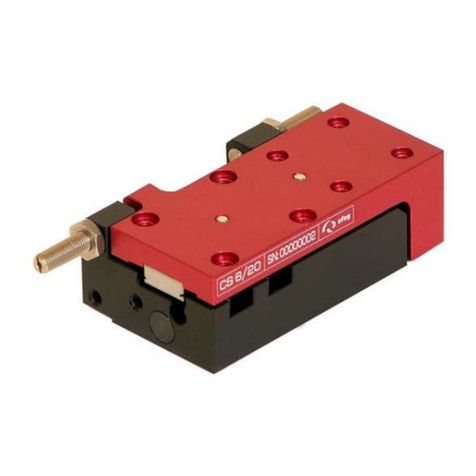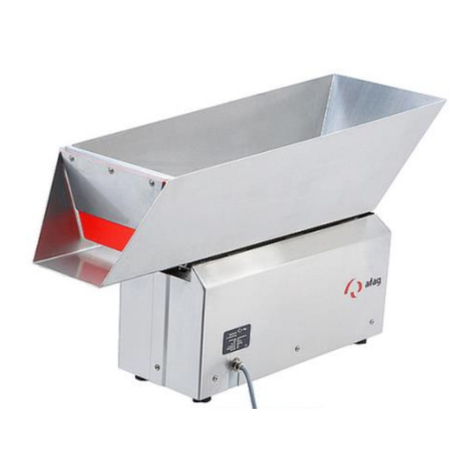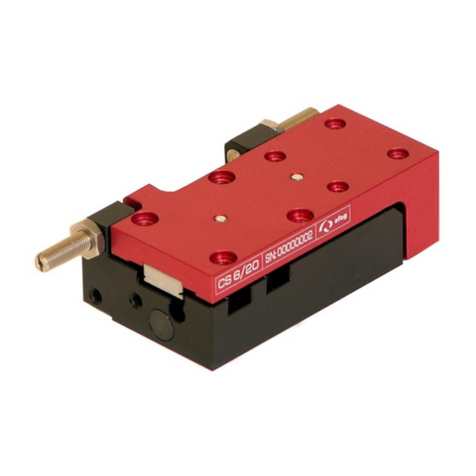R06.0 16/05/2019 Page 3
Table of contents:
1Safety instructions ................................................................................................. 4
1.1 Notes on symbols and instructions ........................................................................................................ 4
1.2 Basic safety information ........................................................................................................................ 5
1.3 Appropriate use ..................................................................................................................................... 5
1.4 Notes for Pacemakers and Defibrillators ............................................................................................... 6
2Description of the device....................................................................................... 6
2.1 General .................................................................................................................................................. 6
2.2 Function description .............................................................................................................................. 7
2.3 Definition of the feed direction .............................................................................................................. 7
2.4 Technical data ....................................................................................................................................... 8
3Assembly instructions......................................................................................... 10
3.1 Transport ............................................................................................................................................. 10
3.2 Installing the unit................................................................................................................................. 10
3.3 Fixing the bowl..................................................................................................................................... 11
3.3.1 Central Fixing .............................................................................................................................. 11
3.3.2 Radial Fixing ................................................................................................................................ 12
3.4 Power supply ....................................................................................................................................... 13
4Operating instructions......................................................................................... 14
4.1 Standard operation.............................................................................................................................. 14
4.2 Settings for the specific device............................................................................................................. 14
4.3 Torques ................................................................................................................................................ 16
5Maintenance instructions .................................................................................... 17
5.1 Replacing the leaf springs.................................................................................................................... 17
5.2 Adjusting the magnet gap ................................................................................................................... 18
5.3 Wear parts and Spare parts................................................................................................................. 19
6Accessories .......................................................................................................... 21
6.1 Adjusting tools ..................................................................................................................................... 21
6.2 Controller ............................................................................................................................................. 21
6.3 Address for orders................................................................................................................................ 22
7Disposal ................................................................................................................ 22
